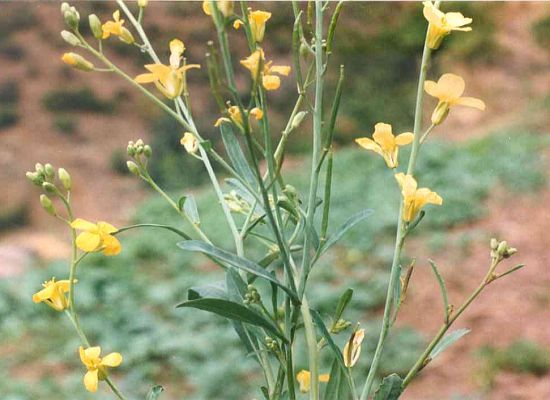
Some Spanish researchers and their Dutch counterparts carried out two different studies that suggest that agricultural residue from flax and Brassica carinata crops, a plant that bears yellow flowers, can be exploited for bioethanol production. Gonzalez-Garcia, working on the research with the University of Santiago de Compostela, the Autonomous University of Barcelona and the University of Leiden (Holland) says that it will bring down both the CO2 emissions and the fossil fuel consumption as well.
Out of these two sources, flax has a higher production value (0.3 kg of second-generation bioethanol for every kg of dry biomass) than Brassica, which can produce 0.25kg/kg. On the other hand, the latter doles out more production of biomass per hectare.
Though the production process that includes harvesting of flax or Brassica, enzymatic hydrolysis, fermentation, distillation, and mixing with petrol, may emit some carbon, these effects are still nullified if you take the lesser amount of emissions coming out of automobiles into consideration.
Image Credit: Penn
Via: Chemie.De

